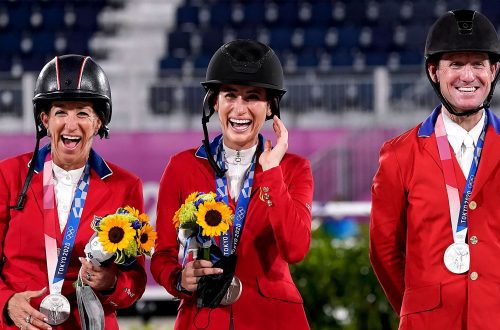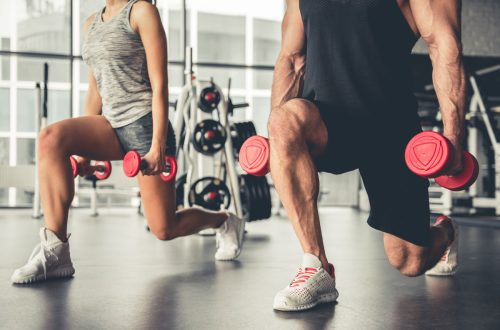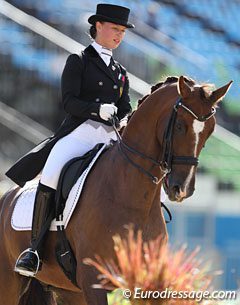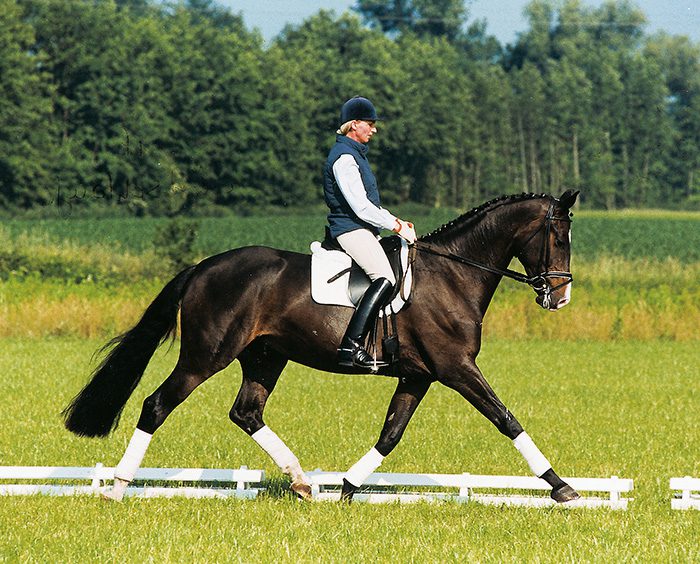
School of a young horse, part 1.
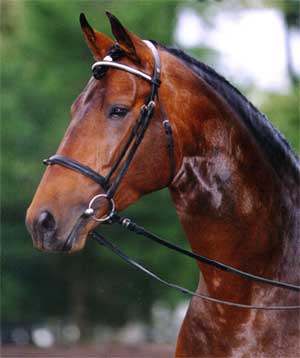
The initial training of a future sports horse is the first, very important and rather difficult stage of dressage. At the beginning of it, the tasks are set of accustoming the horse to sports equipment, indispensable submission to a person (trainer and rider), improving natural movements and developing flexibility.
Before proceeding to dressage of a horse, it is necessary to get acquainted with its exterior and quality of movements, determine the character and temperament, which will allow more rational planning of the initial stage of training.
The focus of attention of the athlete and trainer should be on the horse’s body as a whole, as a natural unity of various physiological functions, the relationship between which is ensured by the activity of the central nervous system. The horse during its existence is subjected to all sorts of diverse influences or so-called irritations from the external environment. External stimuli affecting the horse’s central nervous system cause certain responses from its body, called reflexes. There are unconditioned reflexes, such as food, defensive, etc., which ensure, within certain limits, the vital activity of the organism. However, adaptation to new conditions of existence, the development of certain forms of behavior and motor skills are carried out with the help of conditioned reflexes developed in the horse. Conditioned reflexes are formed on the basis of unconditioned ones with direct participation in their formation of the higher parts of the brain – the cerebral cortex. All conditioned reflexes developed in the horse during dressage are associated with motor reactions. The horse quickly develops motor conditioned reflexes and retains them firmly.

Therefore, there should be a certain system in the preparation of a young horse, based on the principles of repeated repetition of exercises, the gradual complication of tasks, the sequence in the use of certain methods of dressage, and consolidation by encouraging the developed conditioned reflexes. A certain role in dressage has a timely applied punishment. As a rule, this is a sharp shout or a strong leg action and only in exceptional cases the use of a whip.
It should be remembered that each action on the horse by means of control – reins, legs, etc. is essentially non-uniform. It serves as an irritant to both tactile and pain receptors. Depending on the strength of the stimulus, the physiological essence of this effect changes. For example, with varying degrees of exposure to the snaffle – from very soft, almost imperceptible, to the strongest, injuring the oral cavity; impulses of different meanings go to the central system of the horse. Light pressure of the snaffle or leg, which does not reach the threshold of pain sensitivity, is perceived by the horse as a tactile (tactile) stimulus. In cases where a certain tactile stimulus is systematically applied at the right moment and in an appropriate combination with other stimuli, it acquires the value of a conditioned reflex signal for the horse’s nervous system. Being a signal of a firmly fixed conditioned reflex, a light tactile stimulus has the necessary specific effect on the nervous system, sufficient for precise control. Strong conditioned reflex motor skills, the signals of which are light tactile stimuli, are the basis of correct horse dressage. A slightly stronger pressure of the snaffle or leg, along with tactile irritation, also has a slight pain effect. This slight pain is essentially a signal too. These two types of influence do not affect the course of nervous processes in the central nervous system of the horse, do not disrupt the functions and do not interfere with the coordinated activity of all body systems in the optimal mode for it. Therefore, one should strive to ensure that in the process of dressage of a young horse it is limited to such influences.

When working with a young horse, the use of spurs and a mouthpiece is unacceptable. All initial dressage should be done on the snaffle. This is due to the fact that in a young horse the interaction of the flexion and extension sections of the motor center of the brain is not balanced, but the more developed flexion function from birth prevails. And since the mouthpiece is an active means of working on bending, its premature use, especially in combination with spurs, causes the so-called “collision” of nervous processes in the horse, accompanied by its resistance. The animal begins to tail, gnash its teeth, beat with its hind legs, which subsequently turns into a habit, which later manifests itself at any requirement during the exercise. Thus, the mouthpiece can be used only after the horse has developed an average and extended trot, which takes at least 1-1,5 years of work. At the same time, it is necessary to ensure that the horse actively moves forward from the light pressure of the legs with simultaneous softening (recoil) of the reins. A well-trained horse is sensitive to the action of the reins and leg, and in working with it, the use of pain stimuli disrupts the coordination of movements and leads to inadequate reactions. Forced work on the mouthpiece not only inhibits the development of extended gaits, but often leads to the loss of natural movements in horses, which is often observed in equestrian practice.

When the horse learns to respond to the action of the reins, legs and weight of the rider, and also moves freely in a free trot, they begin to work out the working trot as the main training gait, which is the basis for the development of the medium and collected trot. When practicing the working trot, it is necessary to ensure that the horse, lengthening its step due to a more energetic push with the hind limbs, maintains the same rhythm – the number of steps per unit of time should be unchanged.
When developing a medium trot, one starts with just a few steps of lengthening the working trot. Only after a few weeks is it possible to pass the long wall of the arena at a medium trot, and then the entire arena. In the same period, stops are practiced from a walk and from a trot. When the horse is free to transition from working trot to medium trot and back again, you can begin to master the rise to a canter from a trot. In some cases, when the horse is easily and confidently lifted into a canter on the lunge, this exercise can be practiced under the rider while working at a working trot.
Having practiced free transitions from trot to working canter and back, you can increase the pace of movement to a medium canter, and after a few weeks move on to practicing the collected canter and stops. After working out the gaits, correct and timely transitions from one to another, that is, a clear mastery of collection and direct bending, they move on to exercises of lateral movements. Usually start by “pulling back” the rear in place, and then under the rider.
A good preparatory exercise is to move the shoulder inward. Then they move on to the “leg yield” exercise, that is, the acceptance with the reverse decision. During the 1 – 1,5-year period of initial training, the horse on separate days includes work on cavaletti, jumps from a walk and trot over obstacles up to 40-80 cm high.
Only after the horse has mastered all these exercises, as a rule, after a year and a half, they begin to work out the extended trot by lengthening the steps of the medium trot. Having mastered the extended trot, they begin to work out the extended canter, as a rule, in open areas or tracks. Having worked out the transition from the extended to the middle canter, this exercise can also be carried out in the arena. On the extended gaits, the frame of the horse expands, and the line of the forehead goes beyond the vertical.
Having developed working, medium and extended gaits, they move on to work at a reduced trot and canter. After a while they move on to counter canter and a simple change of legs. In the same period, great attention is paid to work on the collected and extended step.
- Novel 28 2010 of August
instructive……….. Answer
- Lisa T 27th of January 2013
Cool, the foal will grow up and I will learn Answer



